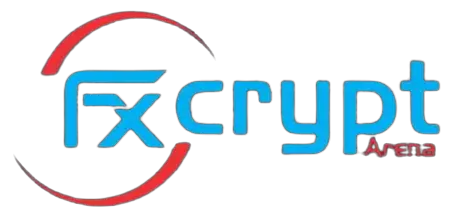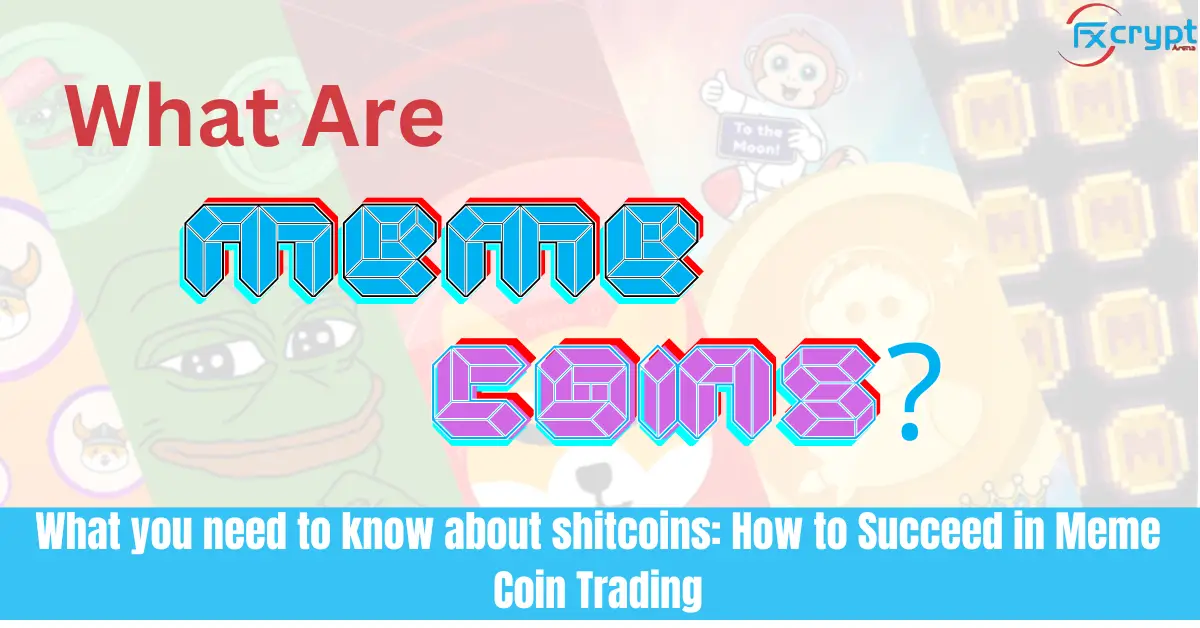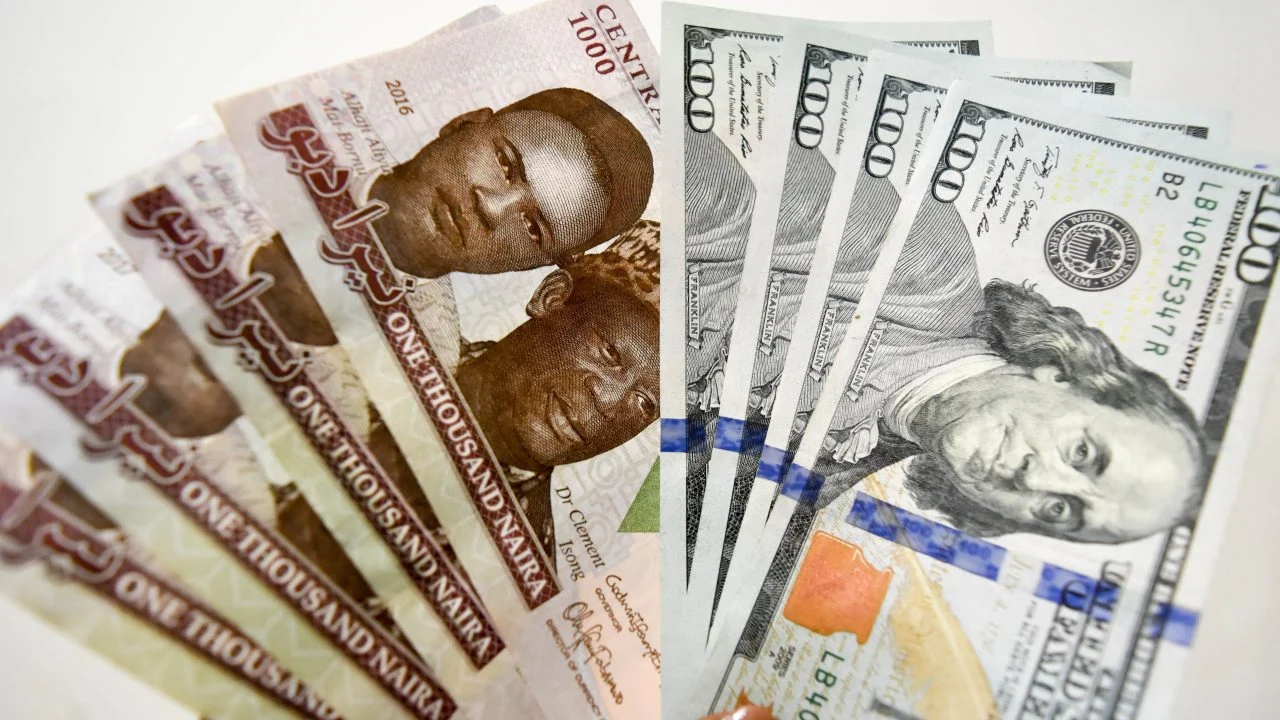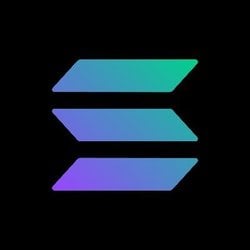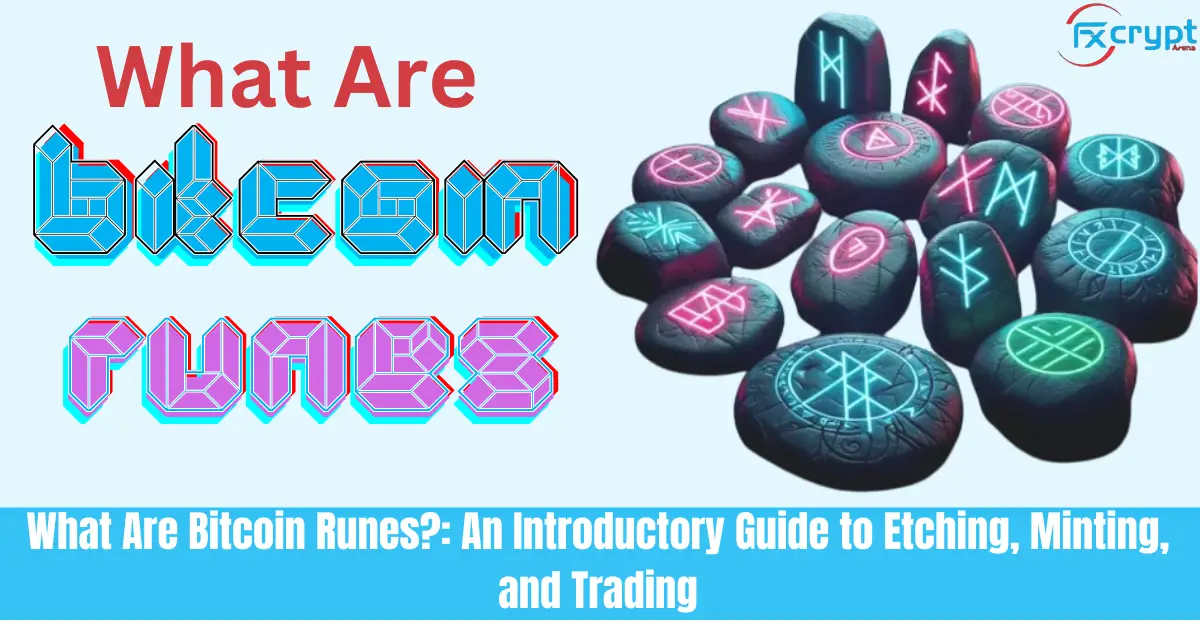
Table of Contents
Bitcoin Runes tokens are gaining popularity on the network, yet they can be challenging to navigate. Here’s a helpful guide to kickstart your journey with Runes.
If you’re active in Crypto Twitter, you’ve likely noticed that the recent Bitcoin halving wasn’t the only buzzworthy event in the space. Enter Bitcoin Runes, introduced at block 840,000, right alongside the halving.
Runes, a novel fungible token protocol conceived by Ordinals creator Casey Rodarmor, can best be likened to “meme coins” on the Bitcoin network. While the long-term implications of this protocol remain to be seen, it’s evident that Runes have garnered significant attention from the get-go.
Despite a slowdown in Runes trading post-initial spike, there’s potential for continued traction as they find their footing on major exchanges and in emerging marketplaces. However, navigating Runes can be somewhat complex at present. To partake in this burgeoning ecosystem, understanding the nuances of minting, etching, and trading is essential.
For those already acquainted with Runes, this guide will delve into the fundamentals of these processes. Additionally, it will provide valuable insights, tools, and tips to set you up for a successful venture into the world of Runes.
Etching and Minting Runes on Bitcoin
The process of initiating a new Rune is referred to as Etching. Users seeking to etch a new Rune specify details including the name, symbol, ID, supply amount, divisibility, and parameters concerning the generation and distribution of the Rune in the OP_RETURN output. Additionally, creators have the option to include a “premine” during the etching process, wherein a predetermined amount of the Rune is allocated to the creator before it becomes accessible to the public.
Following the etching phase, Runes can be minted through either open or closed mints. Open minting permits anyone to mint a Rune subsequent to the initial etching, enabling individuals to create a mint transaction for generating a fixed quantity of new Runes. Conversely, closed mints solely allow the creation of new tokens when specific pre-established conditions are met, such as a designated time frame, upon which the minting process ceases, thus capping the token supply.
Edicts dictate the guidelines for Rune transfers post-etching or minting. Utilizing the edict function, users can execute batch rune transfers, airdrops, and transfer all minted Rune to a singular account.
Where can I initiate the etching or minting process for Runes?
Luminex is one of the most reliable and popular sites for both minting and etching Runes. “Etching” refers to the act of creating a new token on Bitcoin via Runes, while “minting” is what users do when buying a token via the initial sale. Although the fees are known to be on the higher side, Luminex is widely recognized as the best option for ease of use in minting.

Once you’ve chosen a Rune, enter the desired minting amount in the “Repeat Mint” section.
For the minting mode, you have two choices: Pre-split or Auto-split. Opt for Auto-split if you haven’t already divided your unspent transaction output (UTXOs) in advance. While Auto-split may take longer, it eliminates the need for pre-splitting UTXOs.
Why is UTXO splitting necessary?
In a UTXO (Unspent Transaction Output transaction model, the total asset held in a user’s ledger is consumed for each transaction, where the algorithm computes the new balance after transferring the intended amount of tokens to the recipient. Each UTXO can hold any amount of any number of Runes.
If you’re feeling puzzled, consider a common analogy used by Bitcoin enthusiasts: likening UTXOs to quarters at an arcade. Even if you possess a $100 bill, you can’t engage in arcade games without an abundance of quarters.
If you have 1 BTC, then you need to split that into smaller UTXOs to mint Runes. The size of each UTXO should be based on your expectation of what the gas (network fees) will require to get your transactions mined in time. You’ll want to have many UTXOs of different sizes based on the probability of what you expect.
You can split UTXOs using Luminex here, then click the speed you want to mint in. “Fast” is recommended so your transaction doesn’t get stuck or front-run by other traders who paid extra to get their transactions processed first.

Nevertheless, numerous platforms offer the option to etch or mint Runes, such as Unisat, Xverse, and Magic Runes. Fees may differ across these platforms, allowing you the flexibility to choose the experience that suits you best.
Be sure to monitor the mempool and adjust your fees accordingly to ensure timely processing of your mints. The mempool serves as a tracking tool for your transactions, enabling you to monitor their progress and even expedite the minting process if necessary by paying additional fees.
Advantages of Bitcoin Runes
Simplicity:
Resource Efficiency:
Integration With Bitcoin’s UTXO Model:
Increase in Miner Revenue:
Expanded User Base:
Expanded Utility for the Bitcoin Network:
The Bitcoin Runes Ecosystem
Upcoming projects are poised to debut within the ecosystem, while certain existing ventures have expressed intentions to expand into the Runes ecosystem upon the protocol’s activation. These projects vary in nature, with some directly engaging with the protocol to generate assets on the Bitcoin blockchain, while others will provide utilities tailored to Bitcoin Runes enthusiasts. Here’s an overview of the diverse array of projects slated to join the Bitcoin Runes ecosystem

Tokens:
Projects focused on creating fungible tokens using the Bitcoin Runes protocol include Rune Pups, Runevo, Runestone, and RSIC. Currently, most of these tokens are Non-Fungible Tokens (NFTs) that accrue respective Runes for their holders until the Runes protocol becomes operational. For instance, Runestone holders will receive an airdrop of three meme coins.
Launchpad:
Bitcoin Runes launchpads will serve as platforms for Rune projects to commence their journey. One such launchpad, Bitcoin Rune, provides a preview of the potential offerings for Bitcoin Rune projects. While still in the testnet phase, Bitcoin Rune will facilitate rune etching and various operations such as Rune transfers. Additionally, it will host a marketplace where both newly launched and existing Bitcoin Rune projects can initiate trading activities.
Marketplace:
Certain marketplaces will support Bitcoin Runes, enabling users to list and trade them. OKX operates a marketplace for trading Runes, where users can list and purchase Runes like RSIC and SATOSHI•NAKAMOTO. Furthermore, the NFT platform Magic Eden has introduced a dedicated section for Bitcoin Runes, including a pre-rune section for forthcoming Bitcoin Rune projects. Whales Market, a pre-market platform, offers users a platform for trading Token Generation Event (TGE) allocations of Bitcoin Rune projects before their official launch.
Wallets
Although Bitcoin Runes are minted on the Bitcoin blockchain, specific wallet applications are required for asset management. Wallets like Xverse, which also support BRC-20 tokens, allow users to manage their Bitcoin Runes efficiently.
Bitcoin Runes vs. BRC-20
Similar to BRC-20, the Runes protocol facilitates token creation on the Bitcoin blockchain. BRC-20 utilizes the Ordinals protocol, enabling data attachment to a Bitcoin sat. Bitcoin Rune was introduced as an enhancement to this framework, offering reduced demands on the resources of the Bitcoin network. Distinct variances exist between the two designs concerning asset creation, operational procedures, and adoption. BRC-20 tokens enjoy a first-mover advantage and have garnered substantial adoption. Below is an overview of the disparities between BRC-20 and Bitcoin Runes.
